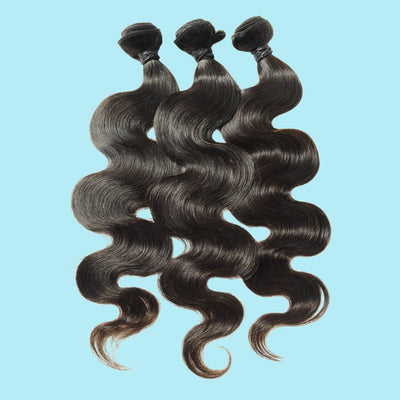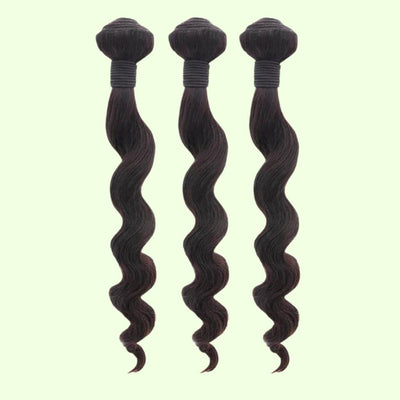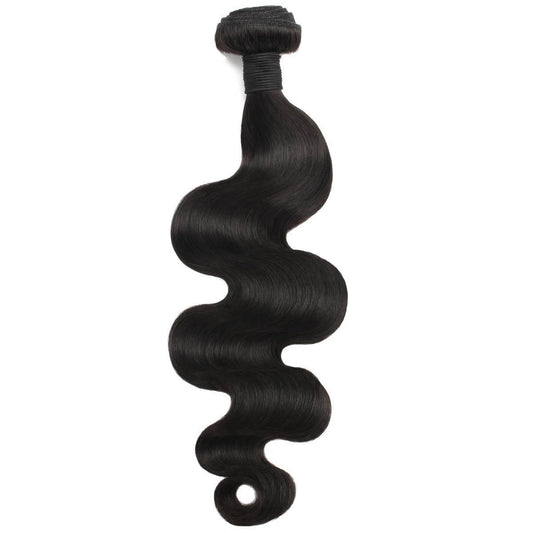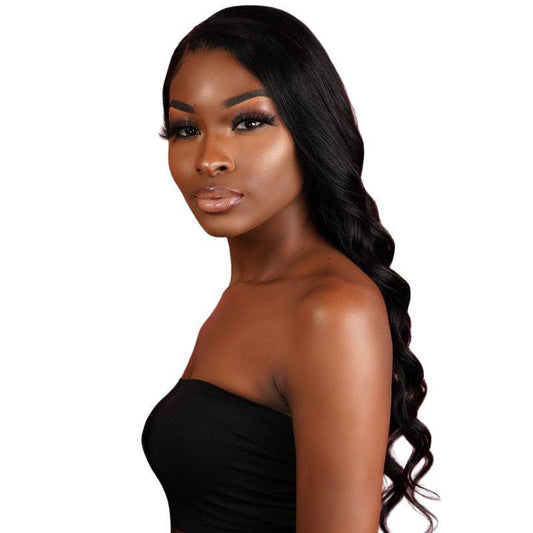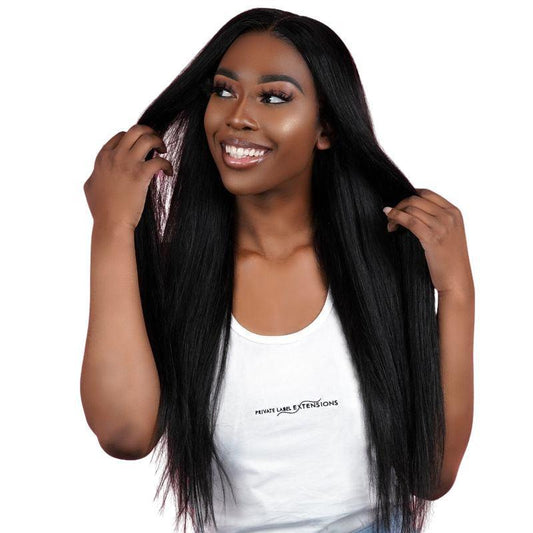1260 Memorial Drive
Atlanta, Georgia 30316
404-458-1330
4B Hair: How Kinky Is 4B Hair Compared to 4C Hair?
Mikey MoranLet’s face it: type 4 hair is often misunderstood, and it’s only recently that it has been clearly categorized to include more pattern types and textures.
Still, distinctions between 4B hair and 4C hair often blur, even in the natural hair community where all kinds of curl patterns are celebrated.
If you’re unsure about your own hair texture but know that you fall within the type 4 category, you’ve come to the right place. 👌🏿
We’re going to discuss the key differences between 4B and 4C hair, sharing haircare tips and styling techniques for each type along the way.

Understanding the Basics of 4B and 4C Hair
Both 4B and 4C hair are part of the type 4 hair category, which includes tightly coiled hair textures.
These hair types are often celebrated for being versatile and appealing, but taking care of them can vary significantly depending on the specific structure of the hair and its unique needs.
What Is 4B Hair?
4B hair is often described as kinky and tightly curled, with a distinct z-shaped curl pattern that is less tightly coiled than 4C hair but narrower in diameter than 4A hair curls.
Its texture is well-defined yet not as densely packed as 4C coils, and the curls may appear less uniform compared to other hair types.
A hallmark of 4B hair is shrinkage, with the hair typically appearing about 50% of its actual length when dry and creating a compact yet voluminous look.
While 4B hair is more prone to breakage than loose wave hair, it’s generally less fragile than 4C hair.
However, proper hydration and regular maintenance are essential if you want to prevent damage.
What Is 4C Hair?
4C hair, on the other hand, is characterized by a tightly coiled structure that often appears “fro-like” at first glance.
However, on closer inspection, you’ll find tiny corkscrew curls or zigzag patterns that can be difficult to spot with the naked eye.
Its very tight curl pattern interlocks in zigzag shapes, forming such small coils that the hair may look like a solid mass unless it’s defined.
Shrinkage is more pronounced in 4C hair than in any other type, with strands shrinking up to 70% of their actual length.
This means 20 inch hair may appear to be only 5 inch hair long when dry.
This hair type is also highly prone to breakage due to its tightly coiled structure, which causes tangles as the strands wind around each other.
The best maintenance routine for this hair type should consist of constant moisturization to maintain elasticity and reduce breakage.

Comparing 4B and 4C Hair
Understanding the differences between 4B and 4C hair goes beyond aesthetics.
Each texture has unique needs that affect how it should be cared for and styled.
Curl Diameter
The primary difference between 4B and 4C hair lies in the diameter of the curls.
With 4B hair wigs, curls are slightly looser and easier to see.
They resemble tight z-shaped waves rather than tiny corkscrews.
In contrast, 4C hair has coils so small that they may appear almost invisible if they’re not defined.
Shrinkage
Both 4B and 4C hair experience significant shrinkage, but the degree differs.
While 4B hair typically shrinks to about 50% of its true length, 4C hair can shrink up to 70%.
This difference will obviously influence how you style your hair and how often you style it.
Generally, 4C hair often requires more stretching techniques to achieve more elongated looks.

Texture and Appearance
When describing 4B hair bundles, most people will say that it has a cottony feel.
That’s because while its curls can be defined with proper styling techniques, it often looks fluffy and soft.
In contrast, 4C hair generally has a denser, more compact look.
Depending on how it’s styled, it can range from a silky, well-defined texture to a soft, fro-like appearance when left in its natural state.
That’s why many consider 4B hair to be kinkier than 4C hair.
Breakage and Elasticity
Both 4B and 4C hair types are fragile, but 4C hair is more prone to breakage.
Its tightly coiled structure creates more friction and tension along the hair shaft, leading to split ends and breakage if not properly cared for.
The best way to maintain your 4C hair is by hydrating it regularly with heavy oils and hair butter.
Styling Potential
One of the best aspects of having 4C hair is the fact that it can hold styles for much longer compared to 4B hair.
Whether it’s twists, braids, or updos, the coils that 4C hair is made up of offer a solid foundation for intricate and long-lasting styles that many are fond of, on the other hand, 4B hair offers a balance between definition and fluffiness, which means you can achieve a variety of looks with it.

Hair Care Tips for 4B and 4C Hair
The key to maintaining healthy, beautiful 4B or 4C hair is to understand the unique needs of each hair type and tailor your hair care routine accordingly.
Moisturization
Both hair types thrive on moisture.
However, due to 4C hair’s tendency to dry out faster, you might want to prioritize heavier moisturizing products such as:
- Oils: Shea butter, castor oil, and jojoba oil are excellent choices for sealing in moisture.
- Leave-in Conditioners: Use hydrating leave-ins to keep your hair soft and manageable.
- Deep Conditioning: Regular deep conditioning treatments can help restore your hair’s moisture and elasticity.
Detangling
It’s also important to gently detange type 4 hair regularly to help minimize breakage.
You’ll want to use wide-tooth combs or your fingers for this, and make sure to do it while your hair is damp and coated with conditioner.
Make sure to detangle 4C hair in sections to prevent knots and tangles.
Protective Styling
Protective styles such as braids, twists, and buns can help reduce manipulation and breakage.
4C hair, in particular, benefits from protective styles that lock in moisture while reducing stress on the hair shaft.
Stretching Techniques
Another way to prevent shrinkage in both 4C and 4B hair frontals and 4B hair closures is through stretching techniques like banding, threading, or twist-outs.
These methods can help elongate your hair while retaining its natural texture.

Celebrating the Beauty of 4B and 4C Hair
Both 4B and 4C hair are stunning representations of natural beauty that you can tweak with money piece style or any other style.
While their care requirements can be demanding, understanding the unique characteristics of each type allows you to create a hair care routine that celebrates their individuality. 💅🏿
Whether you have 4B’s z-shaped curls or 4C’s zigzag coils, tailoring your routine to meet the specific needs of your hair type can help unlock the full potential of your natural curls.

